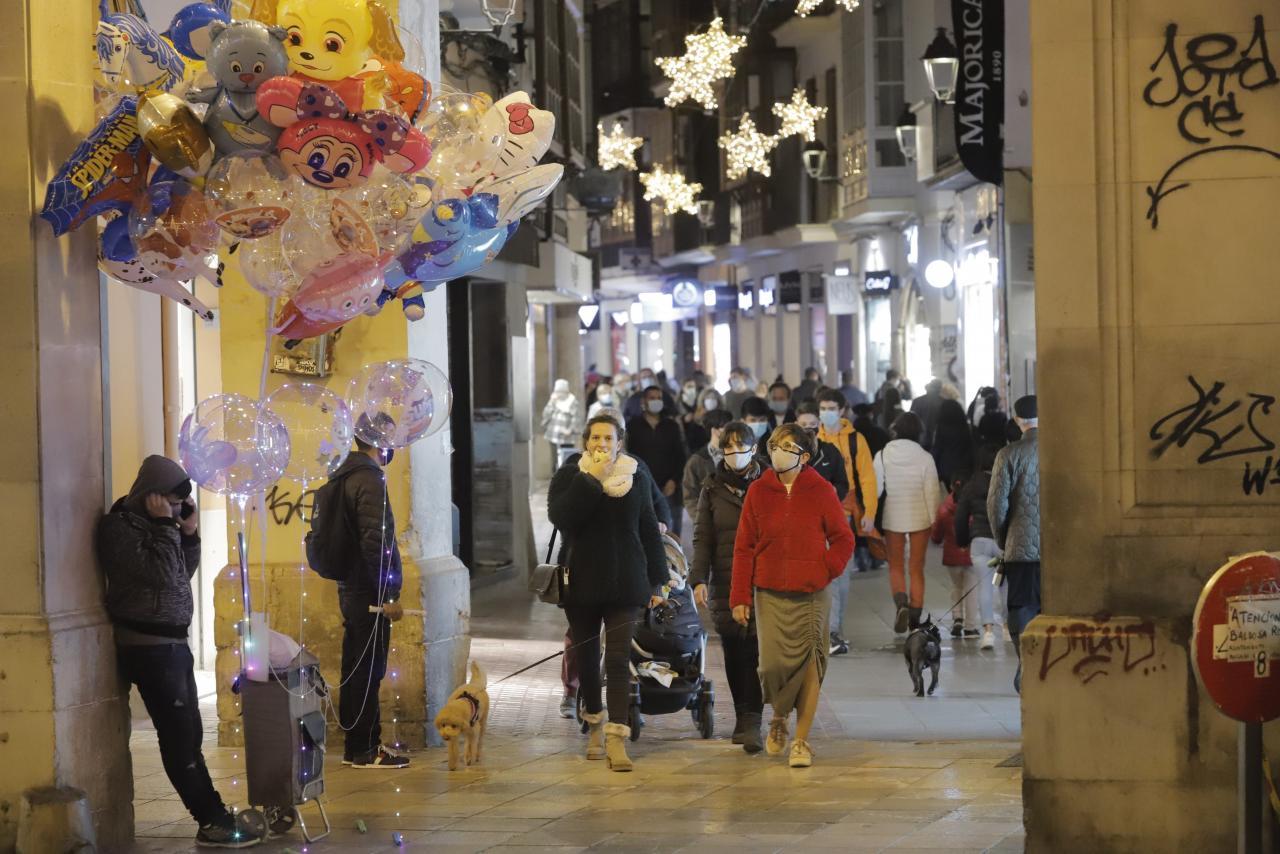The cumulative incidence of new coronavirus cases continues to rise in Mallorca but it has moderated. The latest epidemiology report from the regional health ministry, published on Wednesday, indicates that the incidence is 641.9 cases per 100,000 (5,572 cases over a two-week period). Seven days previously, the incidence was 554.1 cases, there having been an increase of 43%. The increase has now come down to 15%.
Nevertheless, the incidence is very high and the situation in Mallorca is serious enough for the government to be contemplating some form of lockdown. Joan Carles March, a specialist in preventive medicine and public health, believes that "a possible home confinement" should be considered, albeit not at the same level as was the case in March and April. He is concerned that New Year and Three Kings will generate an increase in infections.
In the Balearics as a whole, the incidence has risen from 462.8 cases per 100,000 to 535.6. This represents a rise of 15.7%, roughly in line therefore with the specific situation in Mallorca. In Formentera the incidence has risen by 40% to 710.1 cases per 100,000. Ibiza's rate has climbed from 129.8 to 150.1, while Minorca has experienced a slight decrease - from 109.2 to 103.9.
At municipality level, figures for the seven-day cumulative incidence per 100,000 (not fourteen days) show that Binissalem has the highest incidence - 576.7 - followed by Deya (486.2) and Alaro (466.6).
Of other municipalities, the incidence in Marratxi has risen by 102.1 cases to 416.7, Alcudia's is down by 69.1 to 400.2, and Palma is up by 5.3 cases to 390.8. In all, there are 20 Mallorcan municipalities (as indicated by the Wednesday report) where cases are above 250 - the threshold for classifying extreme risk.
The others are: Bunyola (396.5); Petra (384.6); Santa Eugenia (384.4); Son Servera (345.8); Consell (345.4); Santa Maria (325.4); Inca (321.1); Estellencs (317.5); Sa Pobla (296.8); Lloret de Vistalegre (291.5); Selva (274); Llucmajor (270.9); Santa Margalida (264.3); Lloseta (250.5).


No comments
To be able to write a comment, you have to be registered and logged in
Currently there are no comments.